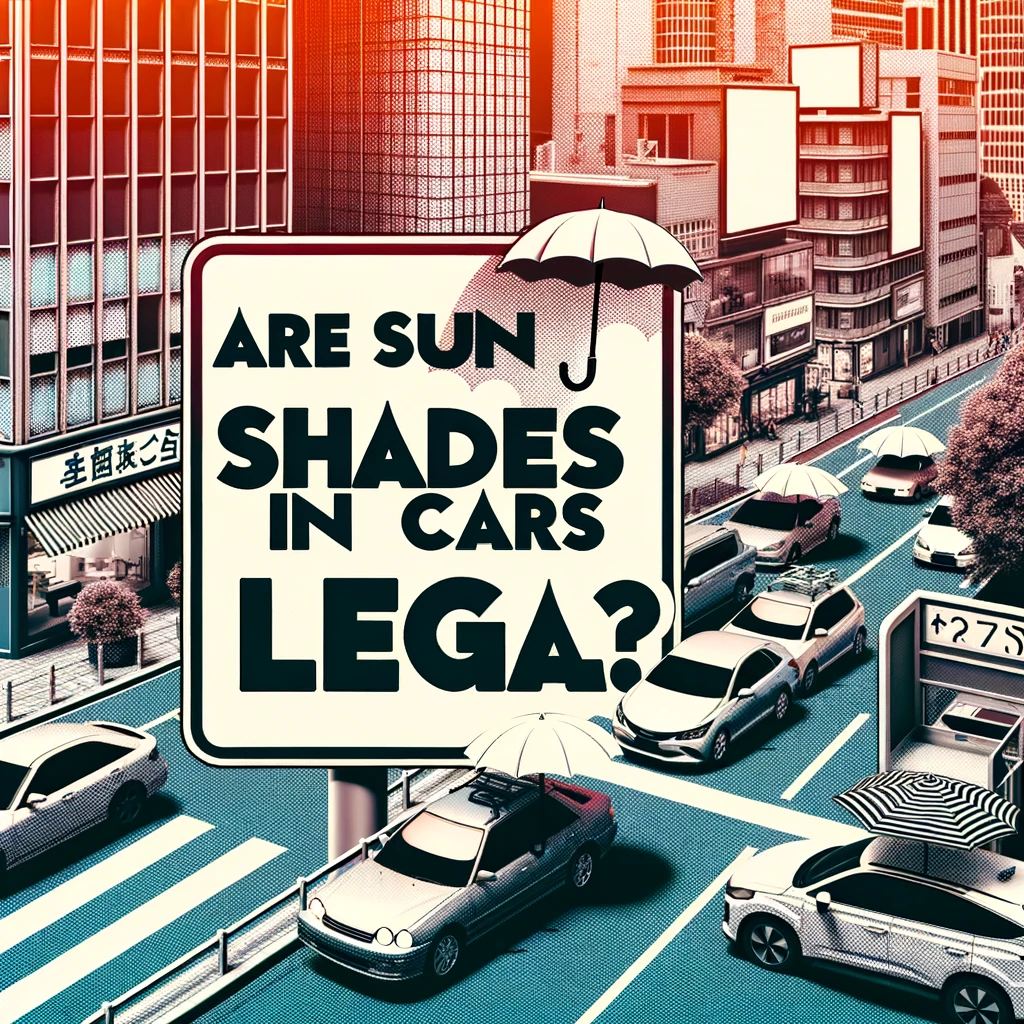
Are Sunshades in Cars Legal? A Comprehensive Guide on Traffic Rules and Safety Concerns

Introduction
Sunshades are a popular accessory for car owners looking to protect themselves from the harsh rays of the sun. However, their legality varies from country to country, and in some places, like India, they can be a violation of traffic rules. This article aims to provide a detailed overview of the regulations concerning sunshades, the risks associated with using them, and alternative methods for sun protection while driving. The target audience for this article includes teachers, students, and researchers interested in automotive safety and traffic laws.
Traffic Rules on Sunshades: The Indian Context
Legal Provisions
In India, traffic rules stipulate that applying a black film with zero visibility on car windows is a violation that can result in a challan (fine). The law mandates that any car should have a minimum visibility of 70% through the front and back glass. For side mirrors, the rule is 50%, meaning at least half of the external light should penetrate through the mirrors.
Implications for Sunshades
Given these regulations, installing sunshades can significantly reduce visibility inside the car, making it challenging to comply with the law. The rules are designed to ensure that drivers have adequate visibility for safe driving, and sunshades can compromise this.
Risks of Driving with Sunshades
Reduced Visibility
Sunshades can obstruct the driver’s view, making it difficult to see other vehicles and pedestrians. This is particularly hazardous at night or in low-light conditions.
Increased Glare
Another downside is that sunshades can reflect glare from other vehicles, further impairing the driver’s ability to see the road clearly.
Distracted Driving
Sunshades can also serve as a distraction. If not properly secured, they can move around due to wind or car movement, potentially blocking the driver’s view or even causing physical harm.
Safer and Legal Alternatives to Sunshades
Tinted Glass
Tinted glass can reduce glare and heat without obstructing the driver’s view. However, it’s crucial to ensure that the tint complies with local traffic laws regarding visibility.
Sunglasses
A simple yet effective alternative is wearing sunglasses, which protect your eyes without compromising visibility.
Windshield Sun Visors
These visors can block some of the sun’s rays without obstructing the driver’s view, making them a safer option.
Parking in the Shade
Whenever possible, parking your car in a shaded area can keep the interior cool and eliminate the need for sunshades.
Conclusion
While sunshades may offer a convenient way to shield yourself from the sun, they can pose significant risks and may even be illegal in some jurisdictions. It’s essential to be aware of the traffic rules in your area and consider safer, more legal alternatives for sun protection while driving.
By being informed and taking appropriate measures, you can enjoy a comfortable and safe driving experience.